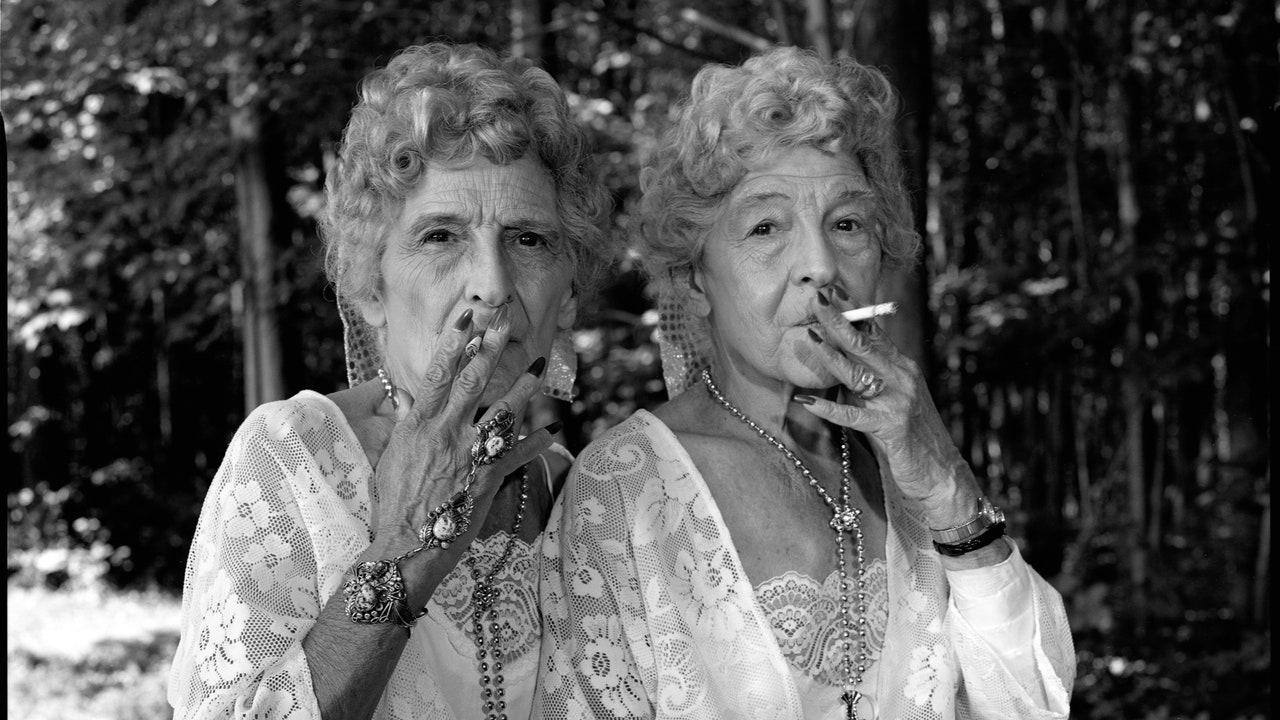
2024-01-22 词
In “How to Be Multiple: The Philosophy of Twins” (Bloomsbury), Helena de Bres aims to rescue twins from the gothic, from horror movies, and from singleton scrutiny, the better to return our gaze and testify to the experience of twindom from the inside out. De Bres invokes twins from life and legend—the conjoined twins Chang and Eng Bunker; Tweedledum and Tweedledee; her own identical twin and herself—to examine how multiples complicate our notions of personhood, attachment, and agency. Twins have been critical to our understanding of ourselves, she argues; they are present in the founding myths of great cities. Romulus and Remus gave us Rome. The twins of the Hindu epic the Ramayana, Lava and Kusha, established Lahore and Kasur. Twins have been worshipped, killed at birth, paraded as curiosities, pricked and probed and experimented on. They have been treated as subhuman and superhuman, and seen to personify every possible duality: collaboration and bitter competition, the purest as well as the most morbidly enmeshed forms of love. And they continue to unsettle our notions about where bodies end and begin, about whether personalities, even fates, are forged or found.
免责声明:本文来自网络公开资料,仅供学习交流,其观点和倾向不代表本站立场。